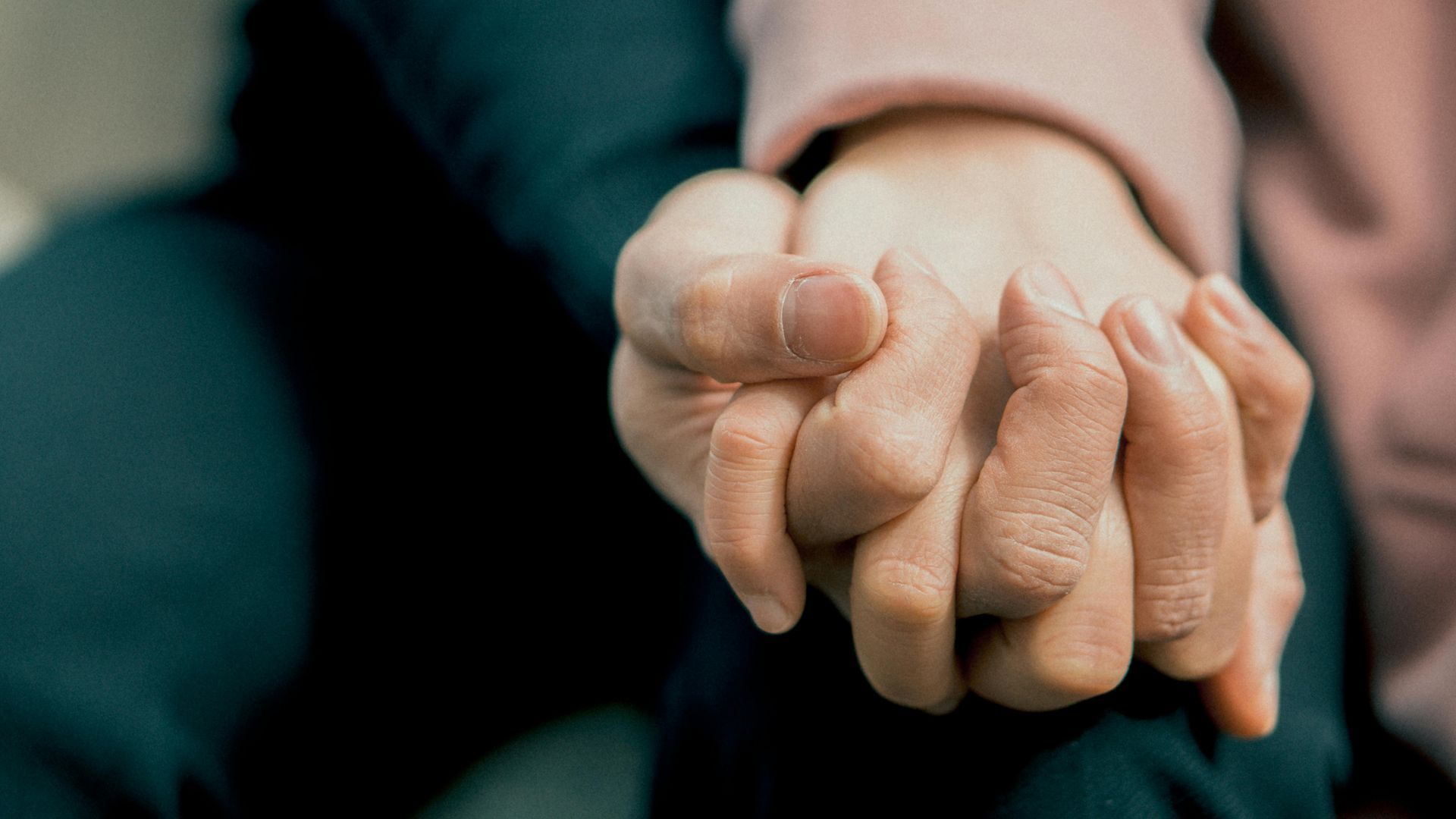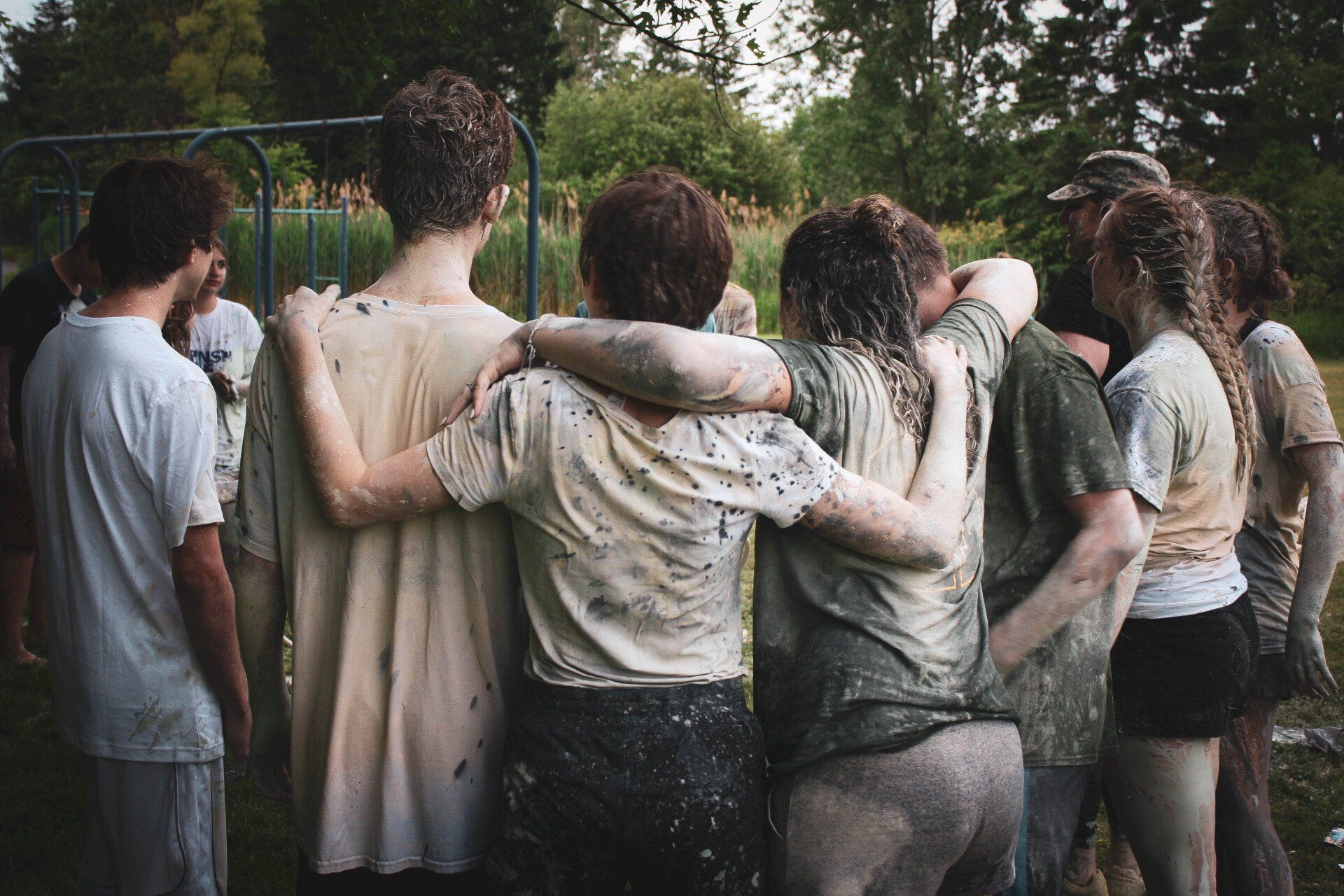Understanding the Long Term Effects of TBI in Children
With much of the focus being on adult victims of traumatic brain injury (TBI), it is essential that information be disseminated regarding children as well. Young people have unique needs when it comes to overcoming the challenges presented by TBI. Because they tend to be so active, children are pretty susceptible to head injuries, be it from a fall to the ground, running into a wall, or any of several seemingly innocent accidents. Following are some general guidelines to consider when a child you know has suffered a TBI.
Some Facts About Children and TBI
Most children who end up with a TBI do so because of participation in various types of sporting events. In one recent year, it was estimated that more than a quarter-million in the United States under the age of 19 received some type of treatment for a traumatic brain injury. This trend continues to be an issue, with the number of sport related concussions and TBIs rising by nearly 60 percent in the last decade alone.
Of course, sports are not the only cause of TBI in children. In fact, more than 430,000 children are taken to the emergency room every year as a result of TBI. There are numerous effects of such an injury in children. These include:
- Experiencing difficulty when reasoning
- Lack of language development
- Emotional difficult
- Lack of sensing or feeling
These effects are severe in children because they are occurring during their developmental years. As a result, the effects can be long lasting. This is why treatment and rehabilitation play such an essential role in children with TBI. It is also why family involvement during this time is so critical.
How the Family Can Aid in TBI Recovery
There has been a great deal of research conducted that examined the impact of TBI on children. The studies look at the effects that still linger when seven years have passed since the accident. These studies have found that the ability of parents and extended family members to provide care during the recovery process directly impacts the type and severity of the long term effects of the injury.
It is important to note that children who suffer even a mild traumatic brain injury are two times as likely to suffer from various attention disorders when compared to children of the same age. If the TBI is severe, then that increases to five times as likely. The good news is that these same children tend to show much less severe symptoms of attention disorders if they live with family members who are actively involved in their life and recovery instead of living in a less than supportive environment.
The Importance of Family Intervention in TBI Recovery in Children
Family members must get involved in the recovery process for children as quickly as possible. Early response is shown to be beneficial in minimizing the long term effective of traumatic brain injury. Because of how important this is, it is recommended that parents and close family members receive training that will help them more effectively solve problems and communicate with their children. That training can then be used to help their children self-regulate their recovery process and begin long term healing. This will go a long way towards helping children with TBI, particularly adolescents, improve upon their attention span.
Wrap-Up
While children are more resilient than adults in many ways, it is also more difficult for them to process ways to recover from a traumatic brain injury. Because their young brains are still in the process of developing, it is important to give them all of the care and support that they need as early on during the recovery process as possible. If that can be one, then the long term prognosis for recovery is going to be substantially increased.
The post Understanding the Long Term Effects of TBI in Children appeared first on Flourish Supportive Living Assisted Living for Brain Injury.






All Rights Reserved | Flourish Supportive Living | By Digital Marketing Dude Website Development Westminster CO







